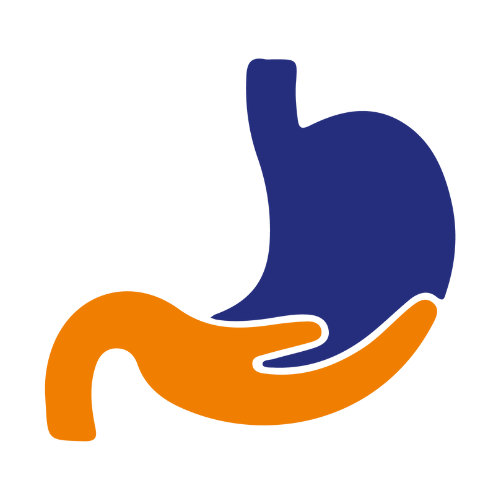Primary sclerosing cholangitis (PSC)
Primary sclerosing (skluh-ROHS-ing) cholangitis (koh-lan-JIE-tis) is a disease of the bile ducts. Bile ducts carry the digestive liquid bile from your liver to your small intestine. In primary sclerosing cholangitis, inflammation causes scars within the bile ducts. These scars make the ducts hard and narrow and gradually cause serious liver damage. A majority of people with primary sclerosing cholangitis also have inflammatory bowel disease, such as ulcerative colitis or Crohn’s disease.
What are the Symptoms?
Primary sclerosing cholangitis is often diagnosed before symptoms appear when a routine blood test or an X-ray taken for an unrelated condition shows liver abnormalities.
Early signs and symptoms often include:
- Fatigue
- Itching
- Yellow eyes and skin (jaundice)
- Abdominal pain
Many people diagnosed with primary sclerosing cholangitis before they have symptoms continue to feel generally well for several years. But there’s no reliable way to predict how quickly or slowly the disease will progress for any individual.
Signs and symptoms that may appear as the disease progresses include:
- Fever
- Chills
- Night sweats
- Enlarged liver
- Enlarged spleen
- Weight loss
What are the Causes?
It’s not clear what causes primary sclerosing cholangitis. An immune system reaction to an infection or toxin may trigger the disease in people who are genetically predisposed to it.
A large proportion of people with primary sclerosing cholangitis also have inflammatory bowel disease, an umbrella term that includes ulcerative colitis and Crohn’s disease.
Primary sclerosing cholangitis and inflammatory bowel disease don’t always appear at the same time, though. In some cases, primary sclerosing cholangitis is present for years before inflammatory bowel disease occurs. If primary sclerosing cholangitis is diagnosed, it’s important to look for inflammatory bowel disease because there is a greater risk of colon cancer.
Somewhat less often, people being treated for inflammatory bowel disease turn out to have primary sclerosing cholangitis as well. And rarely, people with primary sclerosing cholangitis develop inflammatory bowel disease only after having a liver transplant.
How is it Diagnosed?
Tests and procedures used to diagnose primary sclerosing cholangitis include:
- Liver function blood test
- MRI of your bile ducts
- X-rays of your bile ducts
- Liver biopsy
- Percutaneous transhepatic cholangiography (PTC)
- Magnetic resonance cholangiopancreatography (MRCP)
What are the Risk Factor?
Factors that may increase the risk of primary sclerosing cholangitis include:
- Age. Primary sclerosing cholangitis can occur at any age, but it’s most often diagnosed between the ages of 30 and 40.
- Sex. Primary sclerosing cholangitis occurs more often in men.
- Inflammatory bowel disease. A large proportion of people with primary sclerosing cholangitis also have inflammatory bowel disease.
- Geographical location. People with Northern European heritage have a higher risk of primary sclerosing cholangitis.
How is it Treated?
No medications have been shown to help with PSC, but researchers are working on this. You may want to ask your doctor if you qualify for any drug therapy trials. These test medicines that aren’t yet approved to treat PSC, and they may help with your symptoms or help control liver damage.
If you have an endoscopic retrograde cholangiopancreatography, your doctor may use special instruments through the endoscope to open blocked bile ducts.
Otherwise, the goal is to help your symptoms and control complications that can occur. For example, your doctor may prescribe medications to ease itching, antibiotics to control an infection, or vitamin supplements to help with any deficiencies.
If you have liver failure, you may need a liver transplant. Most people with PSC who have one have very good outcomes and quality of life afterward.

